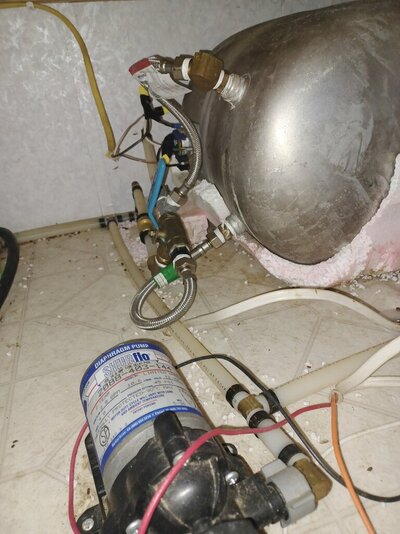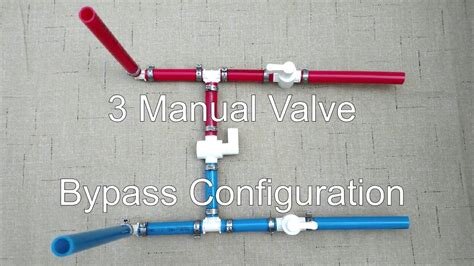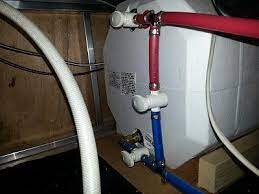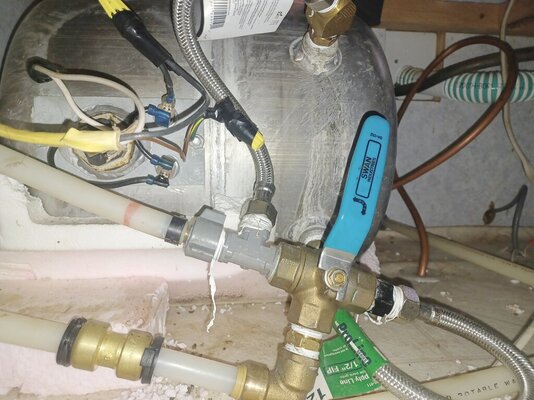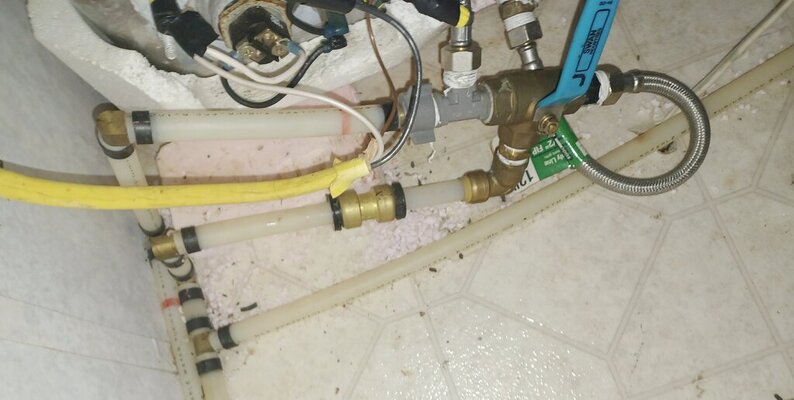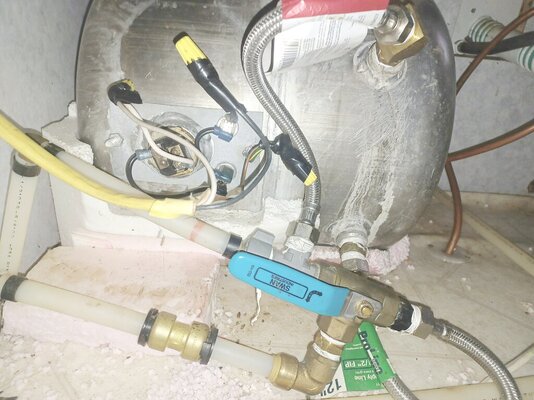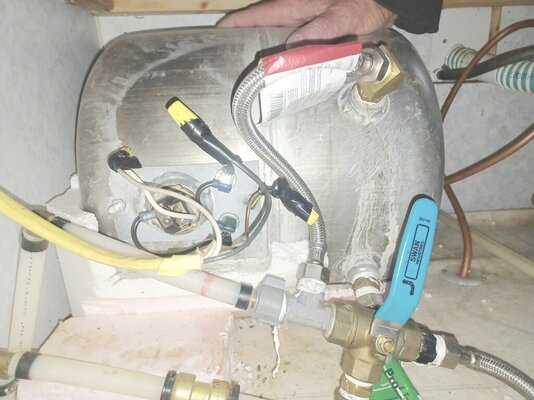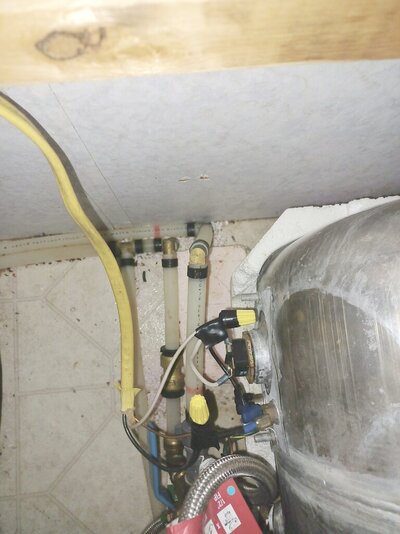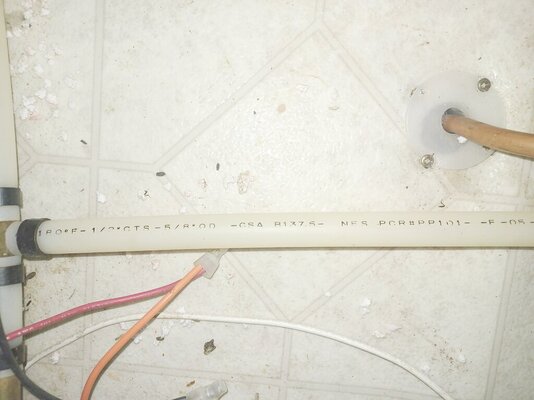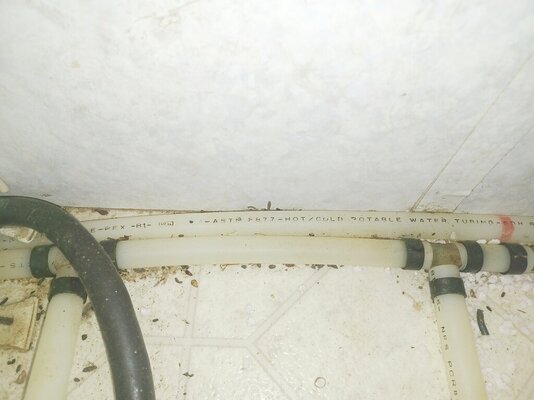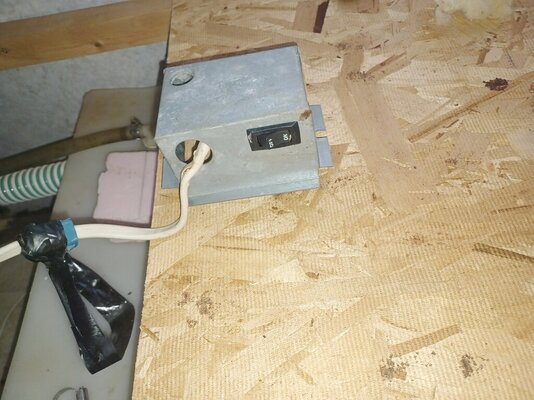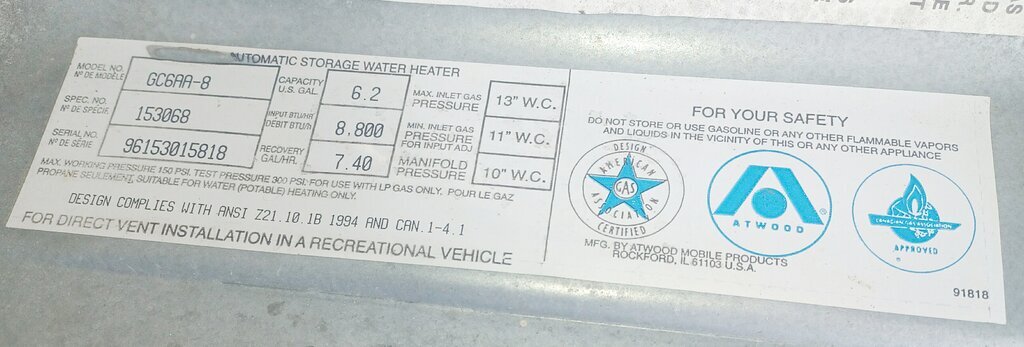jrclen
Well-known member
I searched and read through all the threads I could find. I still have a question. This 1998 Fleetwood Terry 31G is new to me, bought in late fall last year. As you can see in the photo, the previous owner did some work on the water heater. I tried to winterize it with antifreeze but wasn't able to keep the anti freeze out of the water heater. I don't see a check valve where I would expect one to be. So I used air to blow out the lines to get me through the winter. My question, is my 1/2" pex crimper, fittings, and blue pex tubing compatible with the tubing shown in the picture? My thought is to remove what is there and install a new three valve bypass system. Of course I am open to suggestions. Thanks.

